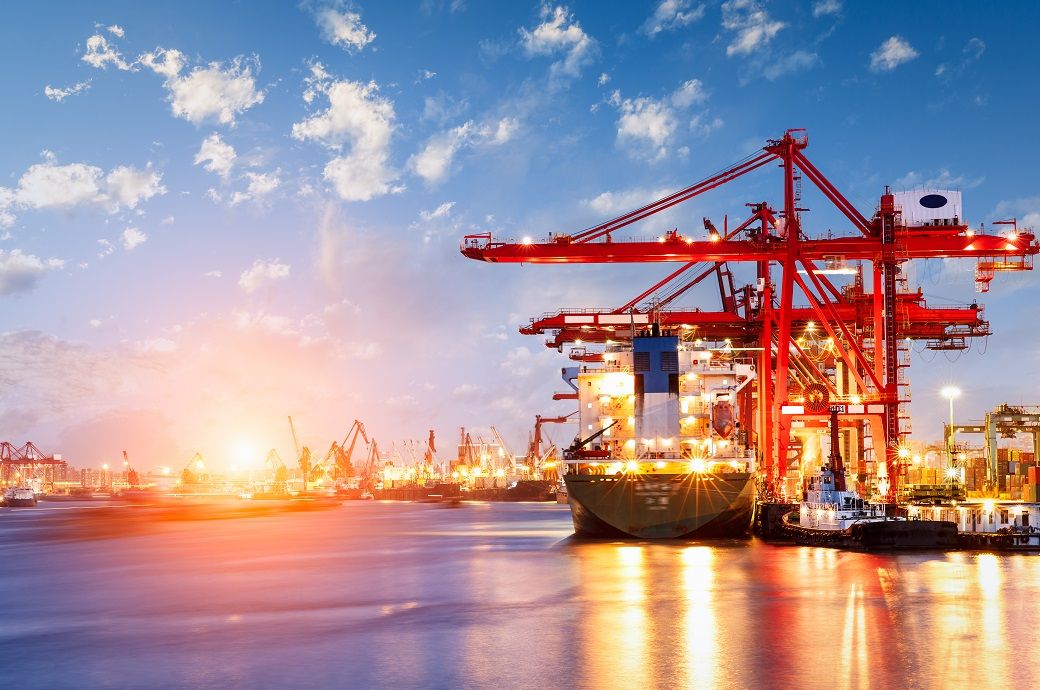

Fitch Ratings anticipates that larger ports will expand their reach into the hinterland, enhance multimodal transport, and offer comprehensive one-stop services. These strategies aim to counter the negative effects of potential tariff hikes and support overall throughput growth, albeit at a slower pace.
The most recent expansion of tariffs under Section 301, announced by the US in May 2024, targets goods that represent around 4 per cent of total US imports from China, based on 2023 trade value figures. However, further significant tariff increases are expected, especially if former president Donald Trump wins a second term. Reports suggest potential tariff increases of up to 60 per cent on goods from China and a 10 per cent across-the-board tariff on all imports. Currently, the effective tariff rate on all Chinese imports to the US is estimated at around 11-12 per cent, as per Fitch.
These potential increases present greater downside risks for Chinese ports’ throughput. In the short term, robust demand from the US and EU, coupled with stockpiling of targeted products in anticipation of tariff implementation, will help mitigate the immediate impact. However, the long-term growth prospects for Chinese ports appear more uncertain and skewed towards a downturn.
Major container ports with extensive routes to the US, such as Shanghai, Shenzhen, and Ningbo-Zhoushan, face greater risks compared to regional ports that primarily handle bulk cargo, such as Lianyungang and Qingdao. The overall impact will depend on the trajectory of China's economy, its domestic demand, and the competitive position of each port within the region.
Supply chain diversification away from China is expected to accelerate as tariff hikes become more likely. Manufacturers are likely to seek alternative sources or reshore operations to reduce exposure to future trade disruptions. Although the impact of recent relocation trends on ports’ handling volumes has been limited, the mix of destination markets has changed, reflecting a shift in China’s total exports.
Countries involved in the Belt and Road Initiative, ASEAN, and Russia now account for a higher share of destination markets at some Chinese port operators. This shift partly reflects Chinese firms exporting intermediate goods to third markets for final assembly to avoid US tariffs. Additionally, Chinese ports could benefit from the increased re-importation of goods assembled offshore using China-made inputs.
Fibre2Fashion News Desk (DP)